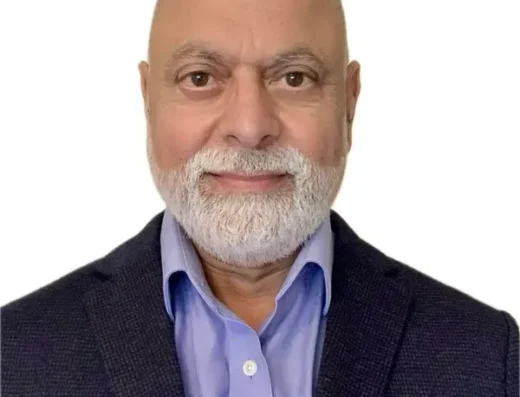Low Sexual Desire
- Home
- Low Sexual Desire
Low Sexual Desire
Low sexual desire, also known as hypoactive sexual desire, is a common issue, with variations in sexual appetite from person to person and over time within a relationship. While it’s normal for sexual desire to fluctuate, it becomes a concern when it causes distress, diminishes quality of life, or leads to unresolved issues between partners. Various factors, including psychological and interpersonal reasons, can contribute to low sexual desire. Relationship problems can either cause or result from decreased sexual desire. Additionally, experiences such as childhood sexual abuse can have long-lasting effects on sexual desire later in life. It’s important to address these issues when they negatively impact one’s well-being or relationship.

What Is Low Sexual Desire?
Low sexual desire, or hypoactive sexual desire, is a relative concept that varies depending on individual and relational factors. It is common for sexual desire to change over time, especially in long-term relationships, where a decrease in sexual activity and desire is often a natural progression. What one partner may perceive as “low” sexual desire may be the result of comparing it to the more intense sexual drive they experienced earlier in the relationship.
Additionally, a person who feels their sexual desire is low compared to one partner may not experience the same issue with a different partner. In some cases, what one partner sees as low libido could actually reflect an exceptionally high libido in the other. Men and women may also experience differences in sexual desire and responsiveness, and assuming equal desire across genders can lead to misunderstandings or mislabeling of hypoactive sexual desire disorder.
Treatment of Low Sexual Desire
The treatment of low sexual desire often begins with ruling out any physical causes, such as changes in hormones or medical conditions. However, in many cases, the underlying causes are psychological or interpersonal and are not detectable through medical tests.
Counseling can be one of the most effective treatments, especially when the low desire is linked to relationship issues such as conflicts, hidden resentments, or power struggles. Addressing these interpersonal barriers can help restore sexual interest. Additionally, since depression is a common cause of reduced libido, treating the underlying depression can be crucial in improving sexual desire. Psychological therapies, such as cognitive-behavioral therapy (CBT), can be particularly effective for treating depression without negatively affecting libido, unlike many medications that may interfere with sexual desire.

Sexual Desire in Men and Women
Sexual desire varies between men and women, with men generally experiencing a more biologically driven, spontaneous desire, while women’s desire is often more complex and dependent on mental, physical, and social factors. In men, sexual desire is closely tied to physical arousal, and factors such as alcohol, stress, performance anxiety, and medical conditions can diminish their libido. In women, desire is more psychological and situational, influenced by body image, relationship quality, and hormonal changes, and often requires longer foreplay to initiate arousal. Factors like relationship issues, stress, and misconceptions about sexuality can lead to a decrease in desire in both genders. Aging does not always result in a decline in libido, but physical and mental health, relationship satisfaction, and cultural perceptions play key roles in maintaining sexual desire as individuals age. Couples in long-term relationships can maintain sexual satisfaction by managing expectations, increasing autonomy, and exploring a variety of sexual activities beyond intercourse.
FAQ About Low Sexual Desire
Find Answers to Common Questions About Our Therapy Services, Therapists, and More
What causes low sexual desire?
The most common psychological causes include depression, fatigue, and stress. Body image issues, certain medications (like antidepressants), and relationship problems can also contribute to low sexual desire.
How can low sexual desire in women be treated?
There is no one-size-fits-all solution, but mindfulness techniques to connect physical and psychological arousal have shown promise. Education on female arousal and addressing relationship issues can also help.
How can low sexual desire in men be treated?
Low testosterone levels are a common cause in men, and testosterone replacement therapy may be helpful. Addressing stress, emotional connection, and any underlying health issues can also restore libido.
Does having more sex fix low libido?
While more sex might help in some cases, it doesn’t necessarily resolve the underlying causes of low sexual desire. It’s important to address emotional, physical, or relational factors that may be contributing to the issue.
How does physical arousal affect sexual desire in men and women?
For men, sexual desire is more directly tied to physical arousal. In contrast, women’s sexual desire is more psychological and situational, often requiring emotional connection and time for arousal.
Can older couples still have satisfying sex despite a reduced libido?
Yes, older couples can still enjoy fulfilling sex by focusing on non-intercourse activities, taking their time, and adjusting expectations to accommodate changing desires and needs over time.






